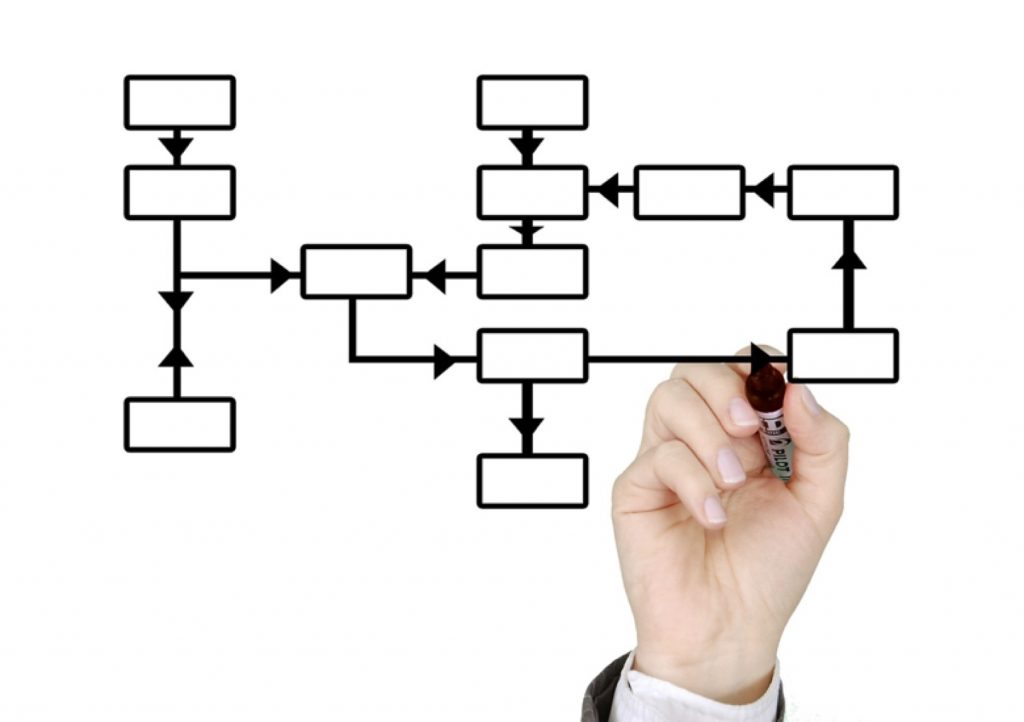Streamlining Workflow Efficiency: Innovations and Insights
Key Takeaways
- Efficient workflows can significantly boost productivity and reduce stress.
- Adopting innovative tools and technologies is crucial for modern businesses.
- Both digital and physical workspace adjustments can enhance workflow efficiency.
- Understanding team dynamics and feedback optimizes process improvements.
Understanding the Need for Workflow Efficiency
In the dynamic landscape of modern businesses, the pressure to enhance operational efficiency and effectiveness is unrelenting. Whether you’re a startup or a multinational corporation, the need for agile and streamlined workflows is universal. A well-orchestrated workflow conserves time and maximizes resources by minimizing errors and redundancies.
The journey toward operational efficiency takes time to happen. It involves continuously assessing existing processes and a committed effort to replace outdated methods with forward-thinking solutions. Businesses must keep pace with the ever-changing technological landscape, ensuring their processes remain relevant and competitive.
Innovative Tools Transforming Workflows
The role of technology in shaping modern workflows cannot be overstated. From AI-driven automation to collaborative platforms, the possibilities are practically limitless. Embracing these tools is pivotal to unlocking new levels of productivity. According to a recent Forbes article, businesses that integrate cutting-edge technologies into their operations experience up to a 30% increase in workflow efficiency. This is where critical tools, such as those exemplified in the Shift brower reviews, highlight how specific platforms can become indispensable in empowering teams to work smarter, not harder.
Automation software can precisely handle repeatable tasks, freeing employees to focus on strategic initiatives. Project management tools help teams stay organized, track real-time progress, and facilitate seamless communication. These benefits collectively skyrocket productivity by eliminating the silos and inefficiencies that often hinder progress.
Digital Workspace Adjustments
A conducive digital workspace is a crucial enabler of productivity. Organizing digital files intuitively and accessiblely can dramatically reduce the time spent searching for documents. An efficient digital workspace also demands integrating collaborative tools that simplify communication and break down barriers to information sharing.
They ensure interoperable software and systems, reduce technical bottlenecks and allow smooth operation across different platforms. The right digital environment doesn’t just suit individual tasks; it works synergistically to enhance overall team collaboration. This focus on digital workspace design is central to strengthening workplace functionality and efficiency.
Physical Workspace Tweaks
While technology garners much attention in productivity discussions, the influence of physical workspace design should not be underestimated. Simple modifications in the workspace can profoundly affect an employee’s ability to concentrate and perform tasks efficiently. Ergonomic furniture reduces fatigue and improves posture, leading to healthier, more focused employees.
Improving lighting conditions and minimizing distractions are additional strategies to bolster focus. According to Inc Magazine, creating an environment that aligns with the need for collaborative and quiet workspaces can further drive productivity by allowing employees to select the best environment for their current tasks.
Importance of Team Dynamics
Behind every efficient workflow is a well-coordinated team. Understanding the dynamic nature of teams is crucial to fine-tuning any process. By fostering a culture of openness and collaboration, teams can operate more effectively and innovate proactively.
Regular feedback sessions provide insights into what works and doesn’t, allowing businesses to make informed adjustments. When employees feel their input is valued, they’re more inclined to commit to the workflow improvements that have been implemented. Consequently, nurturing a positive team dynamic supports both morale and productivity.
Continuous Process Improvement
Modern enterprises must adopt a mindset of continuous improvement to remain relevant. This involves an iterative cycle of optimizing processes, embracing new technologies, and training employees to adapt to modern tools and practices. Feedback loops serve as a valuable mechanism for gaining insights into existing workflows and pinpointing areas for enhancement.
Keeping abreast of the latest trends and best practices is an invaluable exercise for any organization. This provides a competitive edge and ensures the business remains agile and responsive to internal and external changes.
Real-Life Example of Successful Workflow Optimization
A remarkable case study involves a tech firm that radically improved its operations by combining strategic digital and physical workspace changes. They implemented an advanced project management tool and revamped their office layout to encourage collaboration while providing spaces for focused work. The results were staggering: a 40% increase in team productivity within six months.
Such examples underscore the potential of thoughtfully considering and executing workflow enhancements. They also serve as a testament to the ripple effect that well-designed workflows can have throughout an organization.
Conclusion: The Path Forward
Achieving efficient workflows is paramount to business success. Organizations can significantly elevate their productivity by leveraging innovative tools, tailoring work environments to better suit tasks, and fostering cohesive team dynamics. The ongoing pursuit of efficiency involves technological integration and a sustained commitment to refining every element contributing to work.

